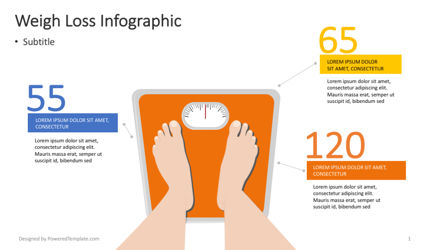How Cold Laser Therapy Changed Lives Testimonials
How Cold Laser Therapy Changed Lives Testimonials
Blog Article
What to Anticipate Throughout a Cold Laser Method Session
Cold laser therapy is a non-invasive, pain-free treatment that helps reduce swelling and enhances cell regeneration. It is a safe alternative to intrusive procedures and often has prompt outcomes.
Laser photons start a chain reaction of chain reactions within the cell that minimize pain, swelling, and speed up recovery. It increases blood circulation to the location by generating vasodilation.
What to Expect
Cold laser treatment is a non-invasive therapy that uses low-level laser light to pass through deep into damaged cells, activating cell function on numerous levels to advertise tissue healing. This helps in reducing pain and swelling, while advertising muscle contractions and regeneration.
During a session, you'll rest or rest comfortably and the professional will mark the locations on your body that requirement to be treated. The practitioner then uses a small portable device with the laser to the location. During the therapy, you might feel a slight prickling or heat in the location of your injury.
Prior to starting treatment, it is essential to clean the area of your injury and get rid of any type of precious jewelry or various other objects that might hinder of the laser's path. It's additionally necessary to stay clear of any kind of flammable materials that could be in the location of the laser beam. This will guarantee your safety and the efficiency of the therapy.
Prep work
Cold laser therapy functions by beaming light on the surface of your skin. The light is absorbed by the top layer of your skin and after that boosts the cells to create power that promotes recovery.
Throughout the treatment, you might feel a warm or prickling sensation in the area that is being dealt with. This is entirely normal, though you ought to allow the practitioner know if the feeling is awkward or also strong.
This treatment has a great deal of assurance for helping individuals with stressful brain injury (TBI). The treatment is non-invasive and does not have any kind of negative adverse effects. Nevertheless, even more study is required to determine the optimal therapy method. The very best method to find out if you are a candidate for this type of therapy is to consult with a trained physiotherapist. They will certainly have the ability to aid you figure out if cold laser therapy is right for you.
The Therapy
Once the practitioner has correctly placed you for therapy, they will after that place the chilly laser tool on the hurt location. They might maintain it on for 30 seconds or longer, depending upon the dimension of the injury and its sensitivity. They will utilize protective goggles to make certain that the laser does not straight strike the eyes, and they will certainly see to it that you are protected from any glare that could occur.
You might really feel a minor prickling experience on the location that is being dealt with, but it will not be unpleasant or excruciating. This is an indicator that the laser is functioning to boost the healing procedure in the impacted tissue.
Many patients experience pain alleviation within a few sessions, with laser therapy fo some seeing enduring outcomes even after a number of months of treatments. It is very important to note that LLLT is not implied as a sole therapy for any kind of persistent pain condition and it must be coupled with other therapeutic techniques in order to achieve maximum results.
Post-Treatment
After you lie down or sit, the specialist will use a wand with a series of light-emitting diodes to target your pain site. You will wear protective eye goggles, and the laser may be held on your skin for 30 to one minute. You might really feel a mild, comforting experience throughout the therapy.
The photons from the laser pass through deep right into your cells, causing a recovery feedback on a mobile degree. Unlike various other types of laser treatment, this low-intensity technique does not produce warm.
Some studies have shown that cool laser treatment works in dealing with a number of conditions, including persistent discomfort and injuries. Nevertheless, it is much less extensively approved as a common clinical method, and it isn't covered by numerous medical insurance strategies. Furthermore, it is not suggested to be used over any suspicious malignant sores or carcinomas or on pregnant women. You need to constantly seek advice from your oncologist prior to pursuing this form of treatment.